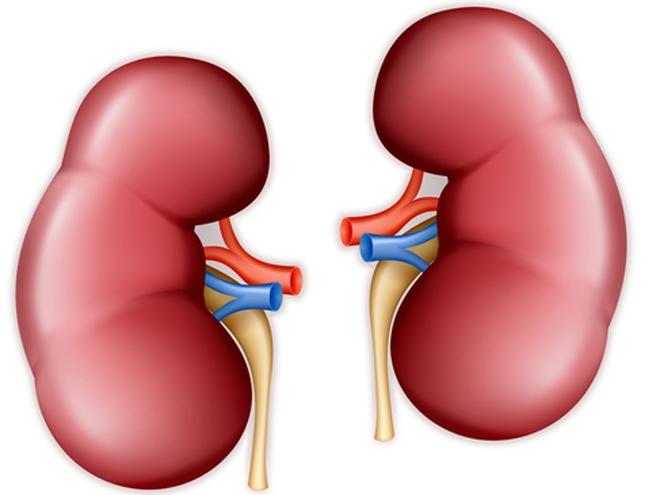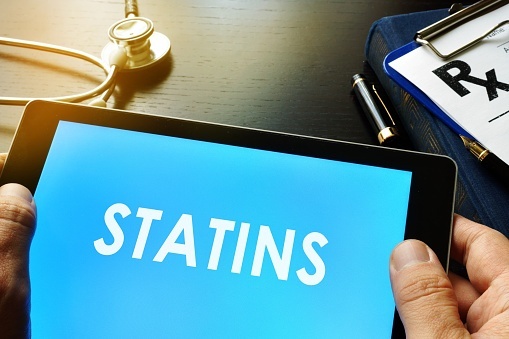
Researchers in Spain, led by David Vizcaya, PhD, conducted a longitudinal retrospective study among adult patients with chronic kidney disease (CKD) designed to compare mortality and progression to end-stage renal disease (ESRD) classified by previous occurrence of type 2 diabetes and/or arterial hypertension. Results of the study were reported during a virtual poster session at ASN Kidney Week 2020 in a poster titled CKD by Previous Diabetes or Hypertension: A Longitudinal Outcomes Study in Primary Care.
Eligible participants were adults with new onset CKD between 2007 and 2017 who were identified using electronic medical records from primary care in Catalonia, Spain. New CKD was the index event and was defined as a first occurrence of an estimated glomerular filtration rate (eGFR) ≤60 mL/min/1.73 m2, a urine albumin-creatinine ration ≥30 mg/g, or albuminuria ≥20 mcg for 90+ days, or a diagnostic code for CKD.
Variables were extracted from the SIDIAP research database and the Spanish hospital basic minimum dataset. Patients were classified into one of four groups: (1) previous occurrence of diabetes (DM-CKD); (2) previous occurrence of hypertension (HT-CKD); (3) previous occurrence of both diabetes and hypertension (DM/HT-CKD); or unspecified CKD (unspec-CKD). The cohorts were followed until occurrence of ESRD or death within the study period.
ESRD weas defined as eGFR ≤15 mL/min/1.73 m2 during 90+ days or renal replacement therapy. The differences in the incidence of ESRD among the four CKD cohorts were assessed using Fine and Grey regression models with mortality as a competing risk; Cox regression was used to examine mortality. In both models, adjustments were made for multiple confounders.
A total of 467,802 individuals were included in the study; of those, median age was 75 years and 46.8% were men. At baseline, 51% were in the HT-CKD group, 4% were in the DM-CKD group, 33% were in the HT/DM-CKD group, and 12% were in the unspec-CKD group. Average age was lowest in the DM-CKD group, and participants in the DM-CKD group were more likely to be men, had the highest proportion of eGFR<60 mL/min/1.73 m2, and the highest proportion of altered albuminuria.
Compared with the unspec-CKD, the DM-CKD and HT-CKD groups had a lower risk of ESRD (adjusted subdivision hazard ratio (SHR), 0.68; 95% confidence interval (CI), 0.54-0.84) and 0.71; 95% CI, 0.65-0.79, respectively. The risk was higher in the HT/DM-CKD group (SHR, 1.11; 95% CI, 1.06-1.15).
The risk for death was higher in DM-CKD (HR, 1.19; 95% CI, 1.11-1.2) and lowest in the HT-CKD group (HR, 0.84; 95% CI, 0.79-0.88) compared with the unspec-CKD group. In the HT/DM-CKD group, the HR for mortality was 0.92 (95% CI, 0.87-0.97).
In conclusion, the researchers said, “According to these results, there are no differences in ESRD risk among CKD patients by prior diabetes or hypertension, but there is a synergistic effect. Mortality is different in CKD patients with hypertension versus with diabetes.”
Source: Vizcaya D, Salvador-Gonzalez B, Cunillera O, Gil N. CKD by previous diabetes or hypertension: A longitudinal outcomes study in primary care. Abstract of a poster presented at the American Society of Nephrology virtual Kidney Week 2020 (PO0439), October 22, 2020. Funding for this poster was provided by Bayer AG.






 © 2025 Mashup Media, LLC, a Formedics Property. All Rights Reserved.
© 2025 Mashup Media, LLC, a Formedics Property. All Rights Reserved.